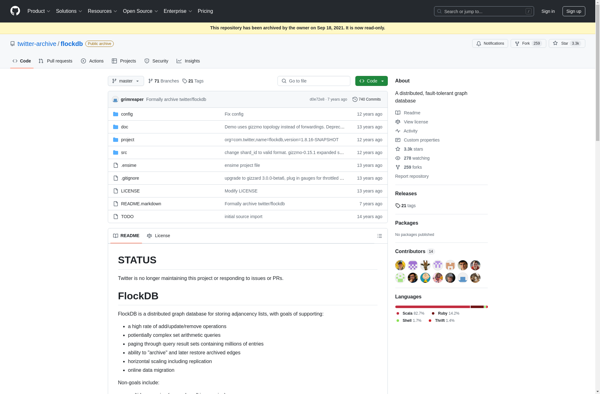TerminusDB
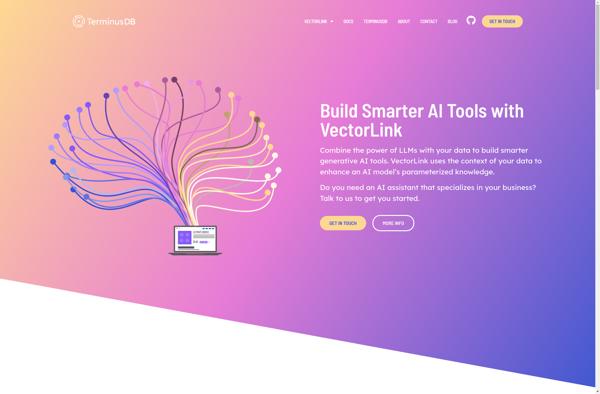
TerminusDB: Open Source Graph Database
An open source graph database optimized for collaboratively building interconnected knowledge graphs, enabling flexible and reusable data models for complex real-world systems.
What is TerminusDB?
TerminusDB is an open-source graph database optimized for collaboratively building interconnected knowledge graphs. It provides a flexible data modeling framework to capture the rich complexity of real-world systems and relationships.
Key features of TerminusDB include:
- Collaborative knowledge graph construction enabling teams to build, extend, and refine shared data models over time
- Support for expressive ontologies and schema to capture semantics and domain-specific knowledge
- Version control of data and schema changes to track provenance
- Querying, inference, and analytics over graph data
- Robust access control and permissions to ensure data governance
- Native SOLID protocol integration for decentralized applications
Some example use cases for TerminusDB include building knowledge graphs for industries like life sciences, healthcare, public sector data modeling, and supply chain mapping. Its flexible data structures allow both domain experts and technologists to collaborate closely on formalizing and connecting complex real-world data.
TerminusDB Features
Features
- Graph database
- Collaborative knowledge graph building
- Flexible data modeling
- Reusable data models
- Captures complexity of real-world systems
Pricing
- Open Source
- Freemium
- Subscription-Based
Pros
Cons
Official Links
Reviews & Ratings
Login to ReviewThe Best TerminusDB Alternatives
Top Development and Databases and other similar apps like TerminusDB
Here are some alternatives to TerminusDB:
Suggest an alternative ❐Amazon DynamoDB

Nebula graph
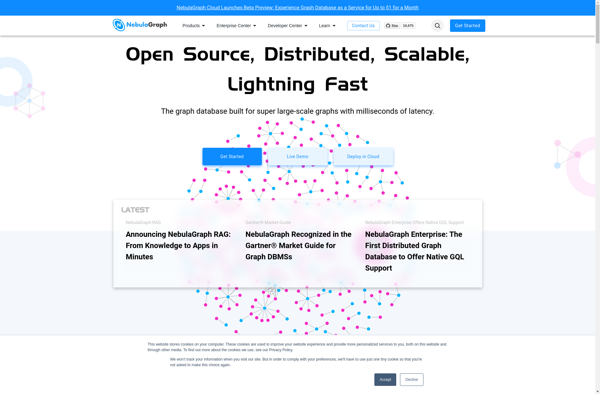
Neo4j
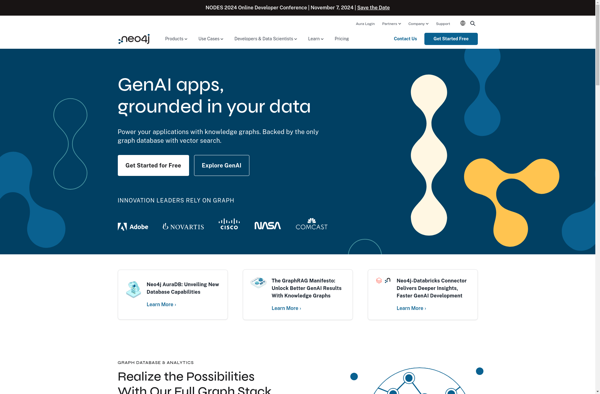
Titan Database
NetworkX
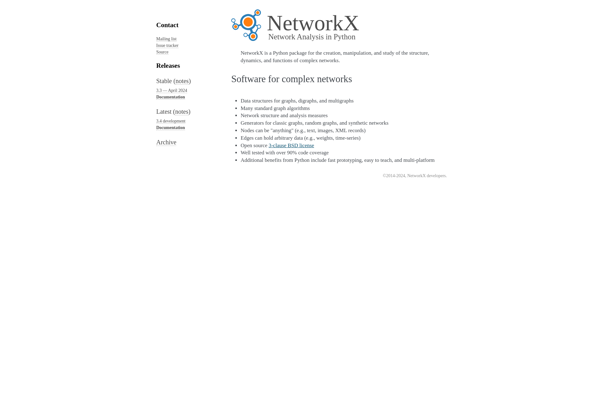
Wikibase
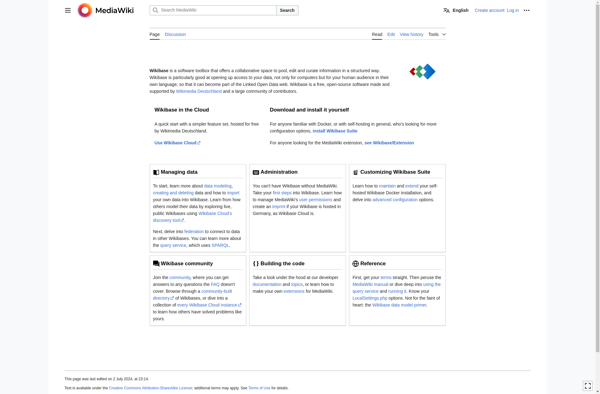
Graph-tool
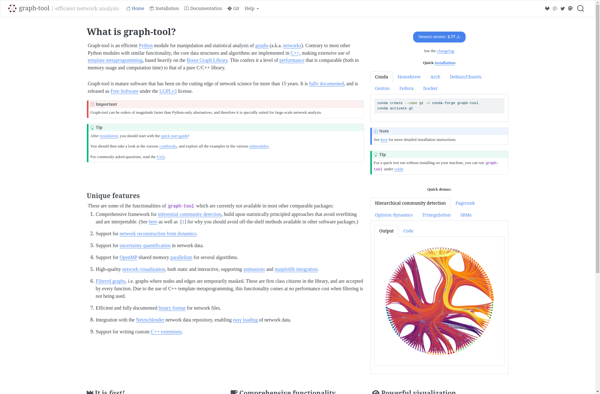
RedisGraph
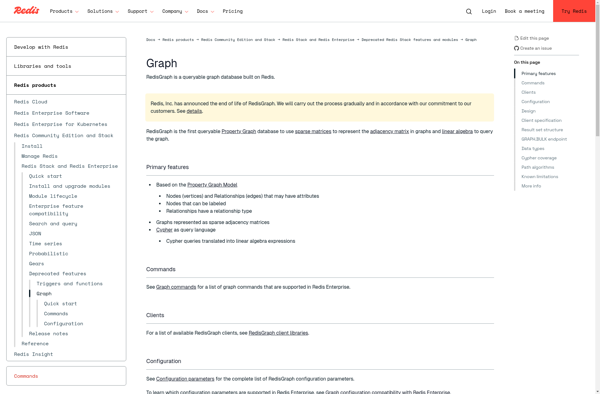
Orient DB
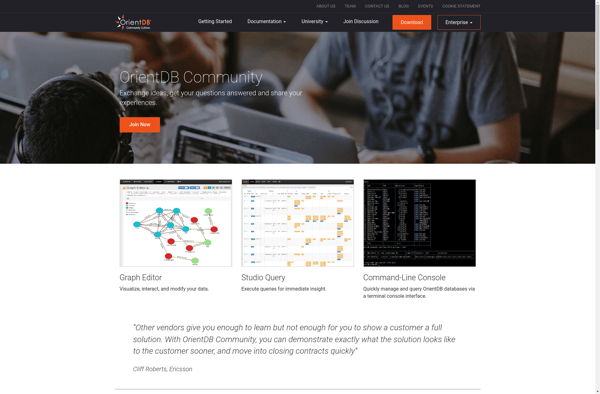
GraphStack.io
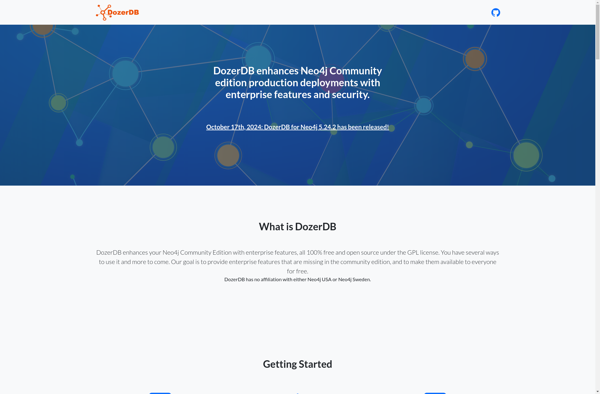
ArangoDB

Bitsy graph database
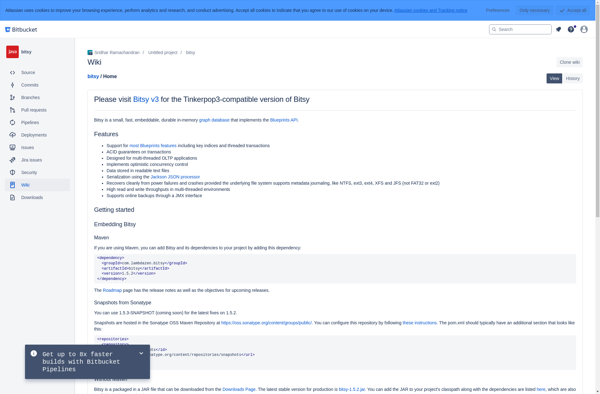
LemonGraph
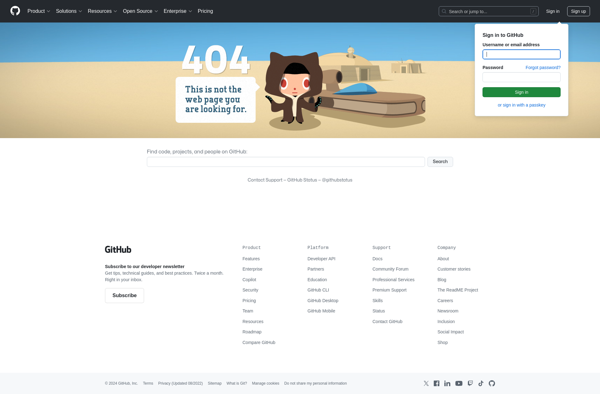
AllegroGraph
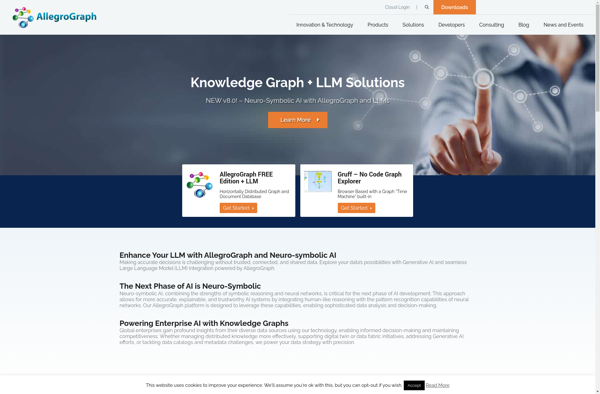
JanusGraph
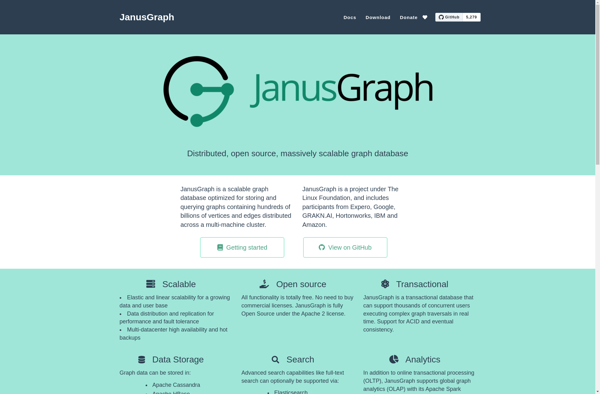
Flockdb
